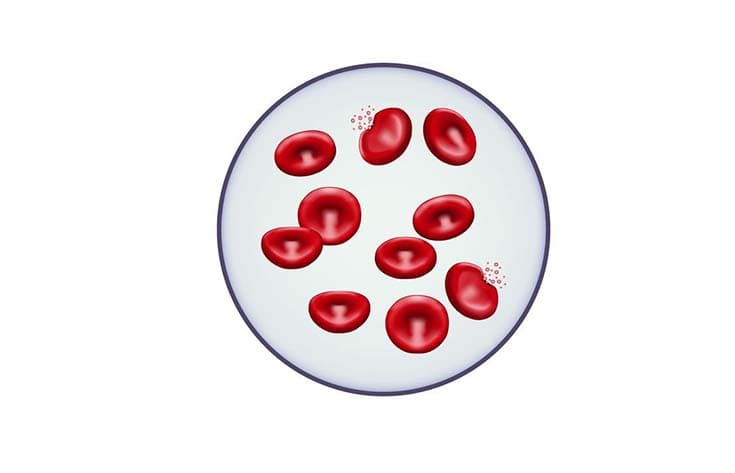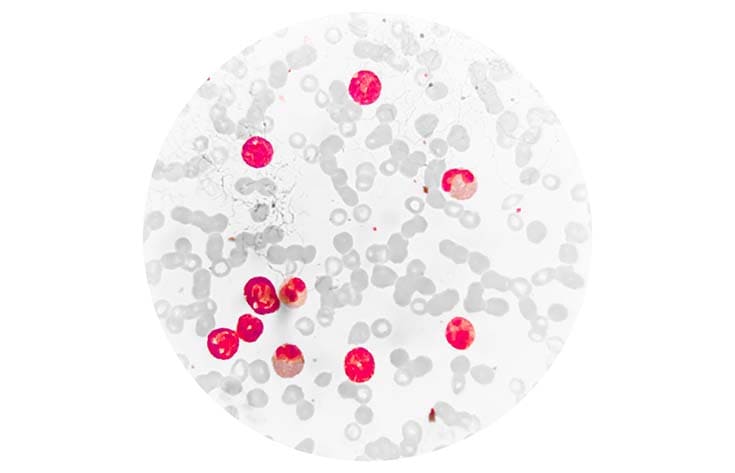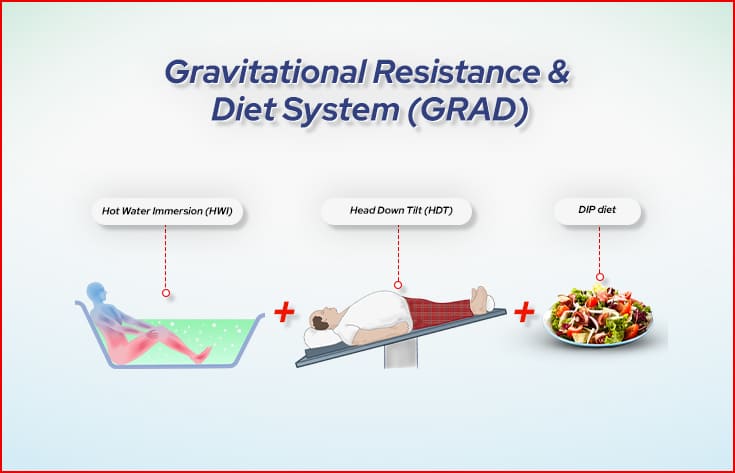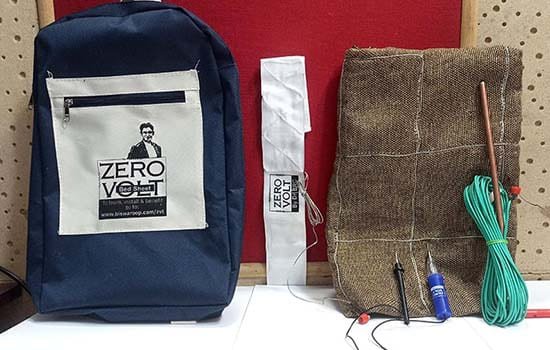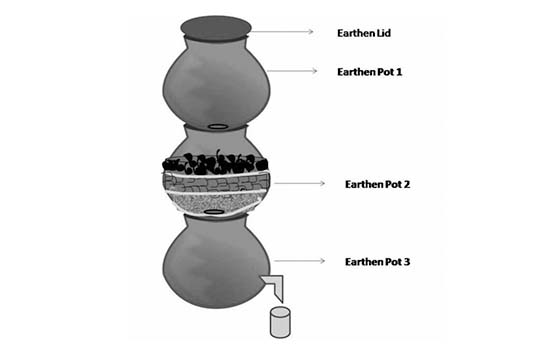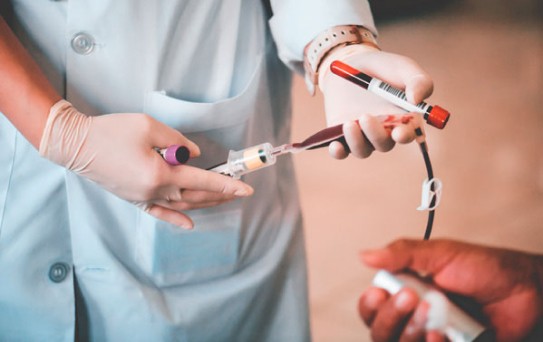
Thalassemia
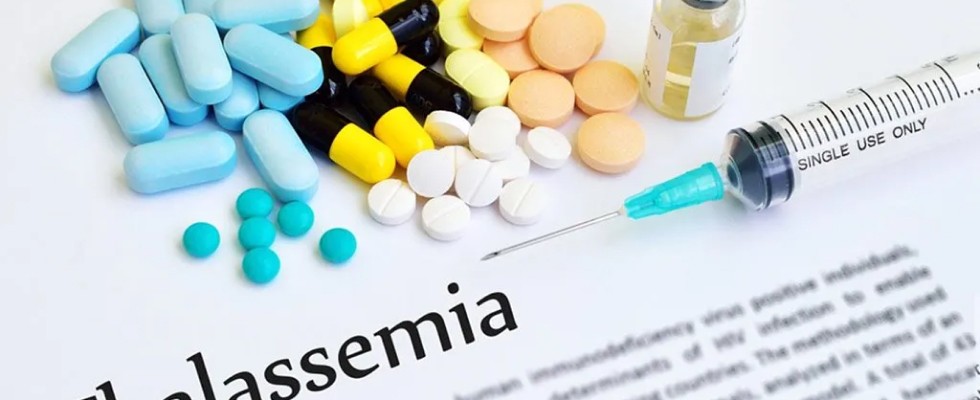
All the cells of the body receive oxygen thanks to red blood cells or the RBCs. Cells of our body primarily need oxygen as food to function properly. A person may experience fatigue, weakness, or shortness of breath when a person’s body does not have enough healthy red blood cells since not enough oxygen is distributed to all the other cells of the body. This condition is commonly known as Anaemia. Anemia in thalassemia patients can range from mild to severe. Extreme anemia can even kill you and harm your organs.
It is important for patients to receive treatment for thalassemia. Our range of solutions to cure thalassemia includes GRAD, hydro therapy, DIP diet, earthing therapy, living water, yoga, and pranayama.
Are you suffering from this disease?
Since individuals exhibit significant anemia symptoms at a young age, those with moderate and severe forms of this disease typically learn about their condition in childhood. Individuals with less severe forms of the condition might only learn they have it when they experience anemia symptoms, when a physician discovers the condition during routine blood work, or when a test is ordered for a different cause. The healthcare professional can then offer treatment for thalassemia as per the severity of the condition.
Since they are inherited conditions, they can run over generations. Some people learn they are suffering from this condition because they have family members who are also suffering from this disease.
What are the causes of this disease?
The DNA of the cells that produce hemoglobin, the component of red blood cells that transports oxygen throughout the body, is mutated in patients suffering from this condition. Thalassemia-related mutations are generally transferred from parents to offspring.
Alpha and beta chains, which make up the molecules of hemoglobin, are subject to mutation. The production of either the alpha or beta chains is decreased in patients suffering from this condition, resulting in either alpha- or beta-thalassemia.
Common symptoms of this disease
Common symptoms of this disease depend on the severity of the condition that the patients are suffering. Some of the signs that you can see are:
- Weakness
- Deformities in the bone of the face
- Growth is slow
- Dark urine
- Fatigue
- Swelling in the abdomen
Some newborns display thalassemia symptoms upon birth, while others do so over the course of the first two years of life. Some patients with only one hemoglobin gene affected do not experience the symptoms of this condition.
Types of thalassemia
To describe how serious the illness is, the disease is divided into four categories: trait, minor, intermedial, and major. These labels depict a range in which having a trait of this condition indicates that you may have very little or no symptoms of anemia. You might not require therapy. The most severe kind, thalassemia major, typically calls for ongoing therapy.
Alpha thalassemia and beta thalassemia are two different kinds of this disease that are named from flaws in these chains.
There are four different types of DNA chains in alpha-thalassemia, and the quantity of altered chains is what determines how serious the disorder is. A person has to inherit at least two mutant chains from both of their parents in order to have the disorder. They become carriers of illnesses without showing signs if they only inherit one chain that has undergone mutation. The condition’s mutations can lead to stillbirth or the requirement for blood transfusions starting at birth. In contrast, only two chains are involved in beta-thalassemia, and the severity of the condition depends on how much the DNA variation has harmed the hemoglobin molecules.


